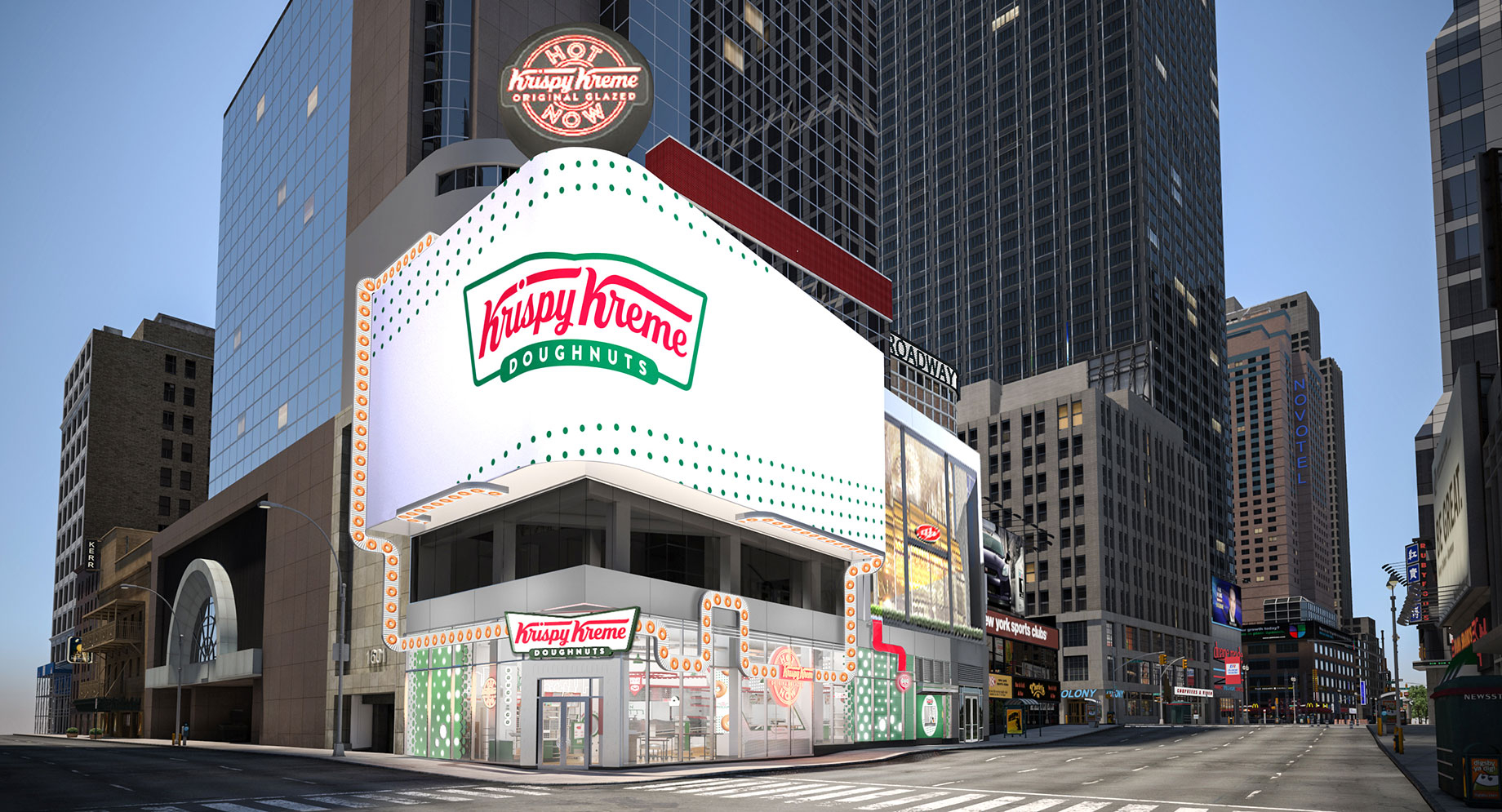SCT assembled trends from the National Restaurant Association’s What’s Hot Culinary Forecast 2020 report, which surveyed roughly 600 American Culinary Federation chefs last fall. We quizzed retail real estate experts about them to find out what shopping center owners and leasing professionals should be paying attention to.
1. Healthy fast-casual pairs well with fitness boutiques
A top trend for 2020 is plant-based proteins, which comes as no surprise to Kimco Realty COO David Jamieson. The popularity of plant-based proteins like Beyond Meat’s Beyond Burger, he observes, illustrates that “people are more mindful and thoughtful about what they are eating and what their diet is — coupled with the broader trend of health and wellness.”
It makes sense to bring healthy restaurants to centers filled with tenants focused on fitness, juicing, cryotherapy or infrared saunas, says Megan McCraney, an Atlanta-based landlord rep with The Shopping Center Group. “We feel that health-and-wellness concepts are uses that we will continue to see expand across the board.” McCraney cites several healthy chains that are growing.
With 65 units nationally, counter-serve salad chain Chopt is expanding across Atlanta, and competitor Sweetgreen is rumored to be headed to the market, McCraney says. Gusto, which offers such flavor combos as tahini-cucumber-feta and tzatziki-lemon-artichoke, is in the mix too; the Tex-Mex bowl concept has opened five Atlanta-area restaurants so far, and a sixth is on the way. “Chipotle was the pioneer of the bowl concept, and due to their success, concepts have continued to follow suit and see success of their own,” said McCraney. Panera Bread moved into the category last fall and has already sold nearly 9 million Baja and Mediterranean bowls, according to a spokesman for the $5.8 billion company.
2. Guilty pleasures always have their place, though
Also on the What’s Hot list were “revamped classic cocktails, specialty burger blends (mushroom-beef burgers, etc.) and unique beef and pork cuts.” Jamieson points to the continued popularity of hamburgers and fried-chicken sandwiches. Likewise, sinfully sweet Krispy Kreme Doughnuts is building a Times Square flagship as part of its expansion within New York City. The company operates 1,400 stores globally. “You can’t say everything is healthy and squeaky clean,” Jamieson said. “We all have to have our balance, right?”

Krispy Kreme will open a Times Square flagship this year
3. Those that use eco-friendly packaging may have an edge
Restaurants with strong storytelling around sustainability may have an edge with some consumers. Indeed, the popularity of food delivery shines a spotlight on the need for compostable or otherwise eco-friendly packaging, another What’s Hot trend. Taco Bell, which has 7,000 units globally at the moment, announced plans in January to use nothing but recyclable, compostable and reusable packaging by 2025.
“Younger patrons expect restaurants to incorporate some manner of eco-friendly practices,” said Hudson Riehle, senior vice president of research at the National Restaurant Association. “The vast majority of restaurants we survey are doing things like using recycled napkins or eco-friendly straws. However, the operator needs to be proactive and communicate that out to prospective customers.”

Annual sales at Good Start Packaging grew 70 percent in 2019
Annual sales at Good Start Packaging, which sells compostable packaging and other products to restaurants, grew by 70 percent in 2019, according to CEO Ken Jacobus. The New Hampshire–based company has 10,000 U.S. customers. “This growth has been fueled by a growing consumer consciousness around the impact that disposable plastic has and the sense of powerlessness people feel about the suffering we’ve inflicted on nature from our plastic consumption.” Worried about cleanup and environmental costs, governments are also restricting the use of plastic straws, bags and takeout containers. “They realize we can’t continue to use single-use disposable plastic as we have in the past,” Jacobus said. “We can’t even recycle our way out of it.”
4. Make sure a chef also can run the business
l Chef-driven restaurants are popular in big cities, but they can drive traffic in smaller towns as well. One example is chef Tim LaBant’s Parlor restaurant at Kimco’s grocery-anchored Wilton (Conn.) River Park. “He had a great local presence with his first restaurant and wanted to try out a pizza concept,” Jamieson said. “It has been a great draw.” According to Riehle, there are more trained culinarians today than ever. However, landlords should ask local operators not just about their culinary chops, but also about their business savvy. Restaurant menu prices rose by 3.1 percent in 2019, higher than the overall inflation rate, and Riehle says higher prices can drive away price-sensitive diners. “The ability to manage food costs as part of an operation, in addition to being more eco-friendly, is definitely more front and center now.”
5. Consider breakfast tenants
Breakfast restaurants such as First Watch and Turning Point are growing up fast alongside familiar names like Dunkin’, IHOP and Waffle House, experts say. Among the restaurants slated for Kimco’s redevelopment of the Whole Foods Market–anchored Kentlands Market Square, in Gaithersburg, Md., is Berries & Bowls. This concept offers smoothies as well as combo bowls like The Nutty Professor, which contains fruit, nuts and a smear of Nutella. Though Berries & Bowls defies ready categorization — the restaurant is open all day — its menu is breakfast-friendly. “When McDonald’s goes breakfast all day, they are doing that for a reason,” Jamieson said.
6. Know when to say when
Restaurants have been a boon for shopping centers, but landlords should stop short of cannibalization. Malls, in particular, run the risk of overweighting food, says Jeff Green, a partner at national retail advisory firm Hoffman Strategy Group. “When restaurants go into malls, they tend to be in lower-visibility locations,” he said. “It’s not like being up at the street in a power center or neighborhood strip. And even when you turn the mall inside out, the mall sits so far back that sometimes you still can’t see the restaurant. It’s much harder to get noticed.” The goal is to satiate local consumers without overdoing it on restaurant tenants. Said Jamieson: “You have to be careful not to oversaturate any one center with food-and-beverage.”
By Joel Groover
Contributor, Commerce + Communities Today